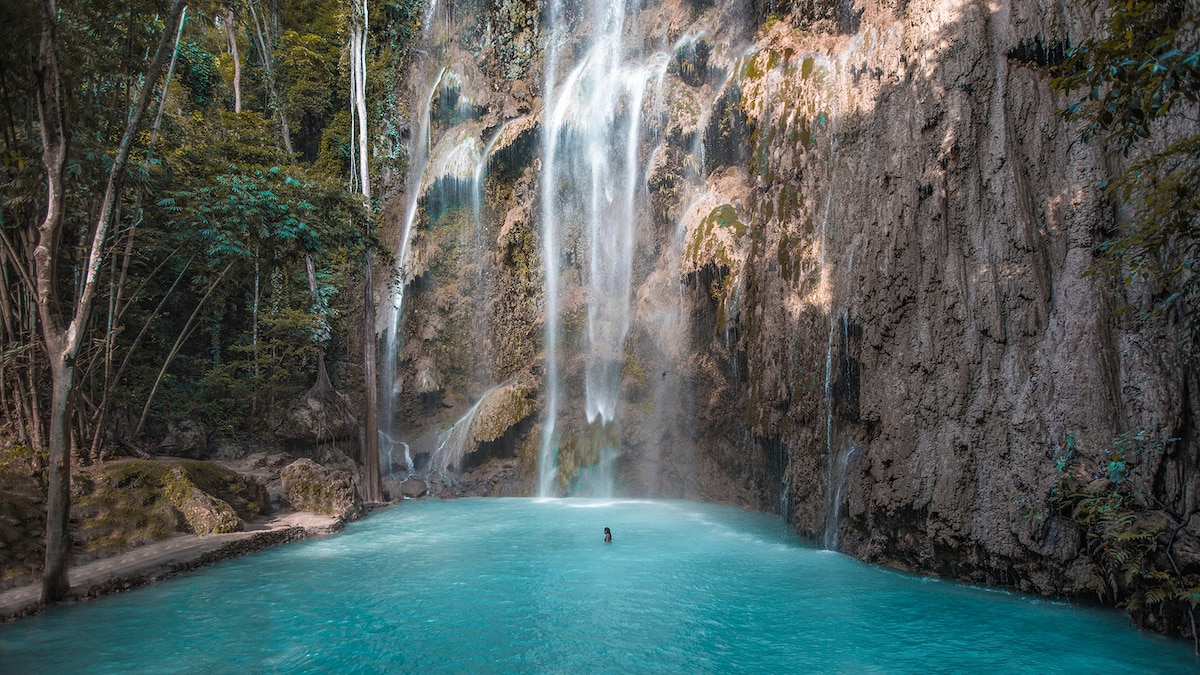Published August 24, 2022
9 min read
Island chains in the Pacific Ocean (or anywhere for that matter) offer a different perspective on local life for travelers. Each island comes with experiences, customs, and cultures that, while they’re similar to the others, are unique in their own way.
There is a challenge, though, that comes with exploring an archipelago – transportation. Even islands that are close together can be tricky to get on and off because you have to rely on airports, bridges, and ferries, all of which can act as bottlenecks that slow you down and cut into your exploration time.
On the islands of the Cebu and Mactan, in the Philippines, work has been done over the last 5 years to reduce this problem. The final product is a new bridge, the Cebu-Cordova Link Expressway (CCLEX), which aims to relieve the pressure between the two islands. With the new bridge, it’s now easier to get from Mactan Cebu International Airport to Cebu Island, to explore the seemly endless wonders of the region.
Cultural experiences in Cebu City
Cebu City is the first stop coming from Mactan Island. It’s the largest city on the island and the fifth most populated city in the Philippines. With a modern history that goes back to the 1500s, Cebu City has a wealth of cultural experiences.
The best place to start is with Magellan’s Cross. Planted on the island in 1521 by Ferdinand Magellan, the cross has been an important part of their history since then. These days, you can find the cross in front of Cebu City hall in the pavilion it was placed in back in 1834.
Keeping with the Magellan theme, there’s also the Sinulog Festival. This annual celebration happens in January each year (the third Sunday in Cebu City and the fourth Sunday in Carmen to the north). The festival is an explosion of color and dancing that celebrates the Santo Niño de Cebu, a statue of the baby Jesus presented to the Rajah Humabon of Cebu by Ferdinand Magellan in 1521.
After the dancing and street parties, it’s time to explore the museums and cultural hotspots of Cebu. At the Basilica del Santo Niño, located across the street from Magellan’s Cross, you can see the Santo Niño de Cebu in person. Construction of this magnificent church started in the 1570s and was finished in 1602 (although it’s been burned down and rebuilt a few times since then).
The Casa Gorordo Museum provides visitors with a snapshot of what life was like in Cebu from the mid-1800s on. The house was home to four generations of the Gorordo family and you get a unique perspective on how life in Cebu City changed over the years.
The Cebu Provincial Museum is a must-see if you’re interested in getting a more complete view of the history of Cebu. The museum operates out of the site of the former Carcel

